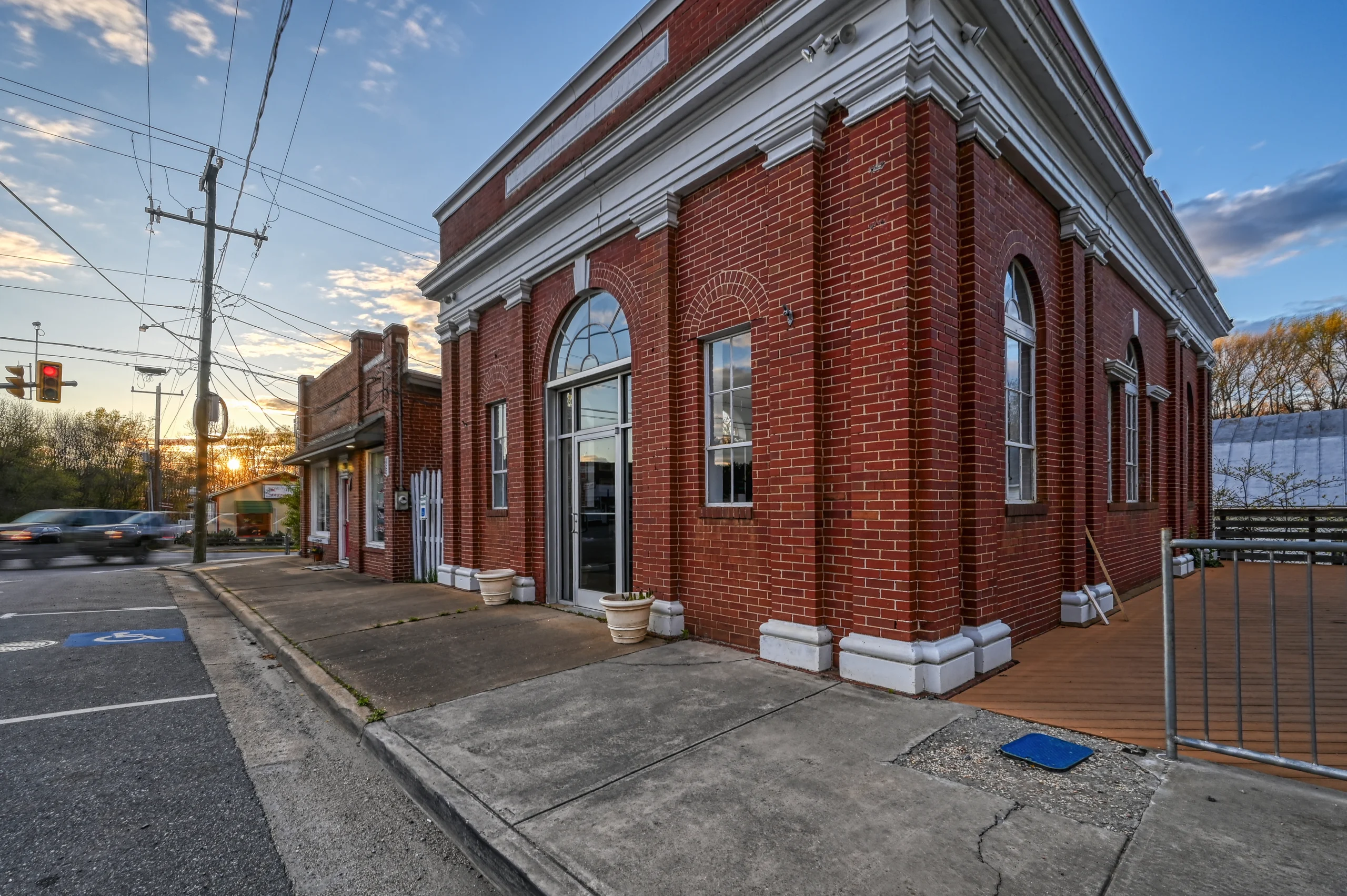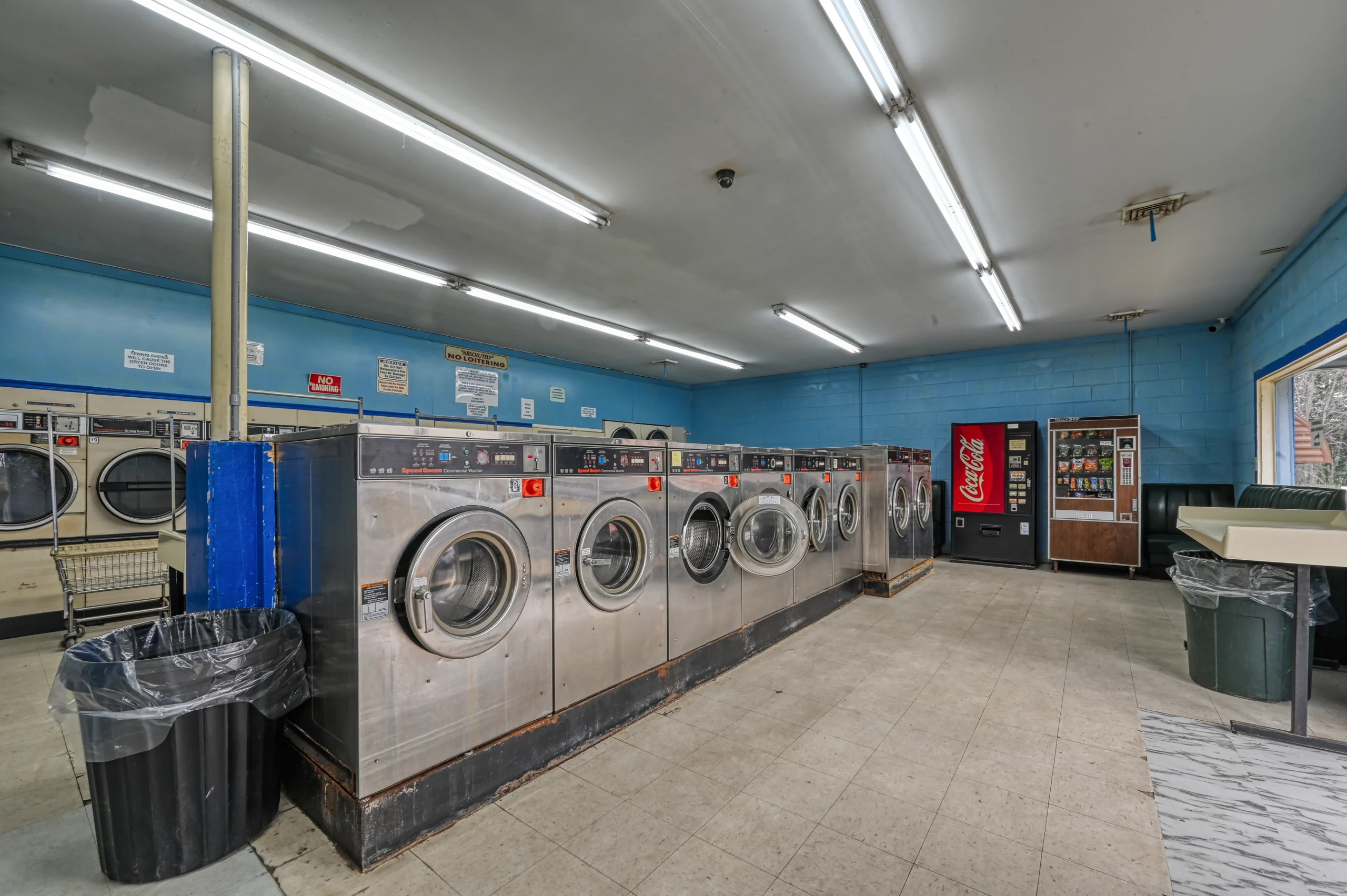
Maybe we just needed a minute… rates didn’t get historically high, they just got higher than what we got used to, causing this “all-of-a-sudden” perception of housing unaffordability, when in reality, things were just balancing themselves back out. Or were they? The Federal Reserve Members (the stuffed shirts we call ‘The Feds’) are faced with a delicate do-si-do of balancing the scales of housing affordability and inflation, with consequences such as the job market and overall cost of living as a result of their decisions.
“Let’s face it, the Federal Reserve members are human,” Loan Officer Dave Couk of Integrity Home Mortgage reflects on the upper chain of command. “They are criticized and critiqued when they raise or lower rates,” Couk testified as per his experience. “Human nature being what it is, the easier option is to do nothing in hopes that the past rate hikes work their magic and eliminate the inflationary pressures we’ve had without sending us into a recession.” Couk describes this approach as a ‘soft landing’, citing that at this point, it’s still possible and might happen.
Fed Chairman, Jerome Powell, said on 60 Minutes during a recent interview, “The Fed is in a ‘risk-management’ mode in which they are weighing the risk of cutting rates too soon and having inflation settle above the 2% target, or waiting too long to cut rates and unnecessarily hurting the job market.”
Taking into account more factors of our current situation, given the historically-low inventory problem, lower mortgage rates will do nothing to help the supply side, but instead will only increase the demand side, putting further upward pressure on housing prices. The National Association of Realtors recently calculated that for each 1% drop in mortgage rates, five million more buyers enter the market, which means that competition and prices will only increase once rates eventually come down.
And let’s visit the current supply numbers as they relate to new construction as a solution to low inventory. Couk reports that the U.S. supply of housing units is about 5.5 million behind potential demand. “Given that building costs (and construction loan rates) are still on the high side, builders aren’t (and can’t) build fast enough to correct the supply and demand imbalance anytime soon,” Couk explains.
Realtors find themselves trying to be the voice of reason while advising clients on best timing to buy or sell. “Consumers are drinking from a firehose when going to the internet for advice,” Couk warns. “To wait for rates to come down only ensures that a buyer will have more, rather than less competition. Buyers can always refinance later, but the journey towards home ownership should begin as soon as one ascertains that owning a home is something they should do.”

Tiffany Hazelwood has a degree in Journalism from the University of Richmond is a full-time Real Estate Broker with Lake Homes Realty, a lake-focused real estate firm, where she serves as the Anchor Agent for the Lake Anna market. She has been a licensed realtor since 2008 and has been specializing in real estate here at the lake since 2016. She has enjoyed writing the real estate section for the Lake Anna Breeze™ since 2019. In her spare time, Tiffany enjoys jet-skiing and boating on the lake, traveling with her boyfriend, Tom, and time with their 3 dogs.
Subscribe for Updates
Sponsors
latest articles
“Mineral Deserves Better” Vice Mayor Chapman Calls for Accountability, Addresses Concerns Facing Mineral

Miller’s Market Gas Pumps Controversy Continues; Town of Mineral Delays Construction

33rd Annual Orange Uncorked Wine Festival: A Celebration of Virginia’s Finest Wines

From Lake Anna to the World’s Stage: Huntley’s Voice Echos into Triumph

Aliens are Real [Letter from the Editor]
![Featured image for “Aliens are Real [Letter from the Editor]”](https://lakeanna.online/wp-content/uploads/2024/04/LAMG-Social-Media-Template-Set-Landscape-4.png)
One Leash, Two Lives: Former Marine Finds New Mission to Save Lives through Service Dogs

Maybe we just needed a minute… rates didn’t get historically high, they just got higher than what we got used to, causing this “all-of-a-sudden” perception of housing unaffordability, when in reality, things were just balancing themselves back out. Or were they? The Federal Reserve Members (the stuffed shirts we call ‘The Feds’) are faced with a delicate do-si-do of balancing the scales of housing affordability and inflation, with consequences such as the job market and overall cost of living as a result of their decisions.
“Let’s face it, the Federal Reserve members are human,” Loan Officer Dave Couk of Integrity Home Mortgage reflects on the upper chain of command. “They are criticized and critiqued when they raise or lower rates,” Couk testified as per his experience. “Human nature being what it is, the easier option is to do nothing in hopes that the past rate hikes work their magic and eliminate the inflationary pressures we’ve had without sending us into a recession.” Couk describes this approach as a ‘soft landing’, citing that at this point, it’s still possible and might happen.
Fed Chairman, Jerome Powell, said on 60 Minutes during a recent interview, “The Fed is in a ‘risk-management’ mode in which they are weighing the risk of cutting rates too soon and having inflation settle above the 2% target, or waiting too long to cut rates and unnecessarily hurting the job market.”
Taking into account more factors of our current situation, given the historically-low inventory problem, lower mortgage rates will do nothing to help the supply side, but instead will only increase the demand side, putting further upward pressure on housing prices. The National Association of Realtors recently calculated that for each 1% drop in mortgage rates, five million more buyers enter the market, which means that competition and prices will only increase once rates eventually come down.
And let’s visit the current supply numbers as they relate to new construction as a solution to low inventory. Couk reports that the U.S. supply of housing units is about 5.5 million behind potential demand. “Given that building costs (and construction loan rates) are still on the high side, builders aren’t (and can’t) build fast enough to correct the supply and demand imbalance anytime soon,” Couk explains.
Realtors find themselves trying to be the voice of reason while advising clients on best timing to buy or sell. “Consumers are drinking from a firehose when going to the internet for advice,” Couk warns. “To wait for rates to come down only ensures that a buyer will have more, rather than less competition. Buyers can always refinance later, but the journey towards home ownership should begin as soon as one ascertains that owning a home is something they should do.”

Tiffany Hazelwood has a degree in Journalism from the University of Richmond is a full-time Real Estate Broker with Lake Homes Realty, a lake-focused real estate firm, where she serves as the Anchor Agent for the Lake Anna market. She has been a licensed realtor since 2008 and has been specializing in real estate here at the lake since 2016. She has enjoyed writing the real estate section for the Lake Anna Breeze™ since 2019. In her spare time, Tiffany enjoys jet-skiing and boating on the lake, traveling with her boyfriend, Tom, and time with their 3 dogs.
Subscribe for Updates
Sponsors
latest articles
“Mineral Deserves Better” Vice Mayor Chapman Calls for Accountability, Addresses Concerns Facing Mineral

Miller’s Market Gas Pumps Controversy Continues; Town of Mineral Delays Construction

33rd Annual Orange Uncorked Wine Festival: A Celebration of Virginia’s Finest Wines

From Lake Anna to the World’s Stage: Huntley’s Voice Echos into Triumph

Aliens are Real [Letter from the Editor]
![Featured image for “Aliens are Real [Letter from the Editor]”](https://lakeanna.online/wp-content/uploads/2024/04/LAMG-Social-Media-Template-Set-Landscape-4.png)
One Leash, Two Lives: Former Marine Finds New Mission to Save Lives through Service Dogs


“Mineral Deserves Better” Vice Mayor Chapman Calls for Accountability, Addresses Concerns Facing Mineral
Article By Jen Bailey

Miller’s Market Gas Pumps Controversy Continues; Town of Mineral Delays Construction
Article By Debbie Moon









